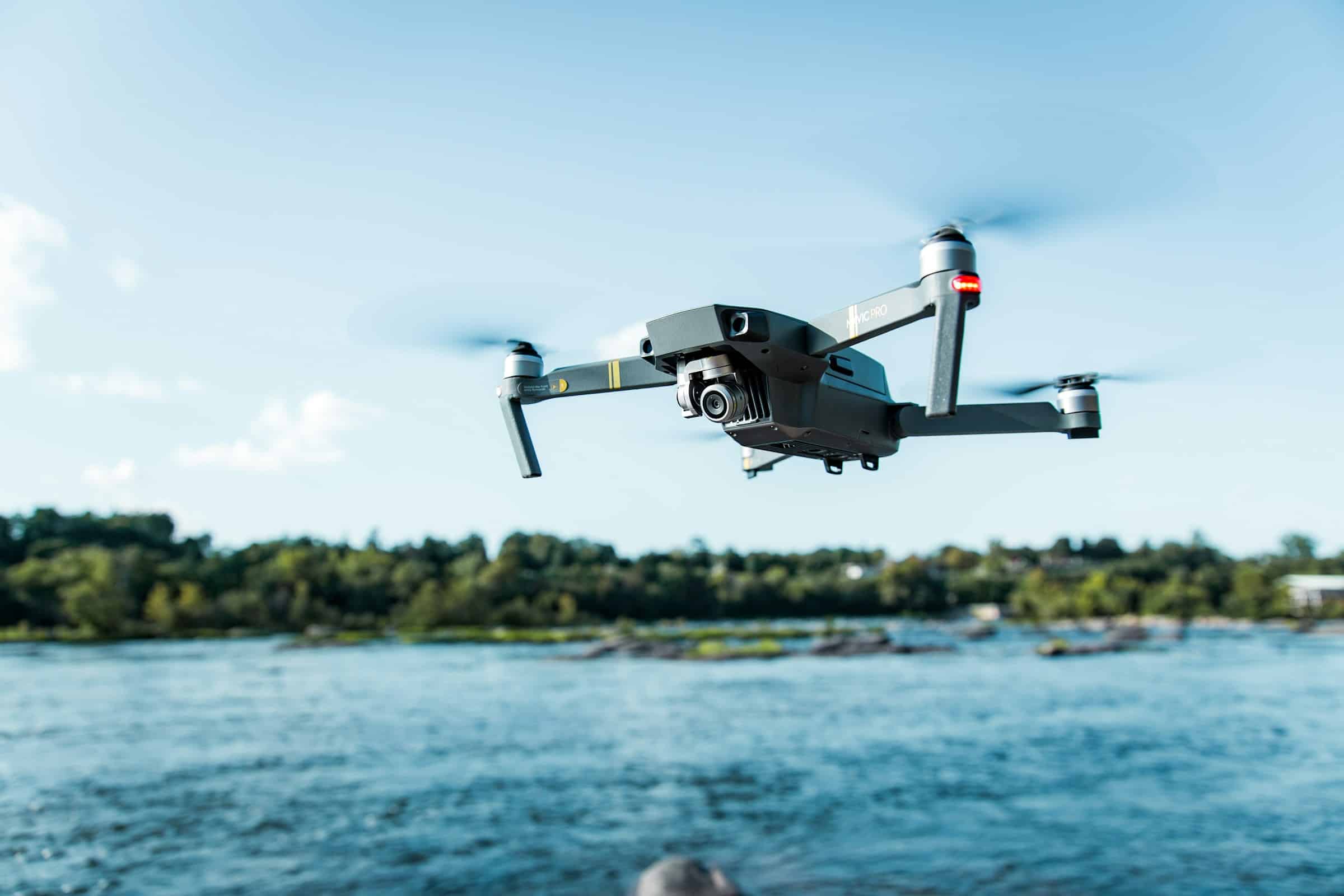Can 5G-Connected Drones Streamline Search and Rescue Operations?

In the high-stakes world of search and rescue operations, every second counts. When lives are hanging in the balance, the efficiency and speed of the rescue process can mean the difference between life and death. Traditionally, these operations have relied heavily on human resources, but the advent of 5G-connected drones might just be the game-changer we’ve been waiting for.
The Integration of 5G and Drones: A Technological Leap
The integration of 5G technology and drones is a major technological leap that’s bringing about groundbreaking changes in various fields. The high data rate, low latency, and massive device connectivity that 5G offers can significantly amplify the capabilities of drones.
Cela peut vous intéresser : What’s the Progress in Bone Conduction Technology for Hearing Aid Advancements?
In the context of search and rescue operations, drones have been used for quite some time. Yet, their performance was often limited by network coverage and data transmission speeds. With 5G, drones can now cover larger areas, transmit high-resolution images in real-time and operate in swarms, all of which could potentially revolutionize search and rescue missions.
The Role of 5G-Connected Drones in Search and Rescue Operations
5G-connected drones can play multiple roles in search and rescue operations, thanks to their enhanced capabilities. Coupled with other technologies such as artificial intelligence and machine learning, these drones can automate several aspects of the rescue process while improving accuracy and efficiency.
A lire en complément : What Are the Latest Innovations in Smart Glass for Enhancing User Privacy?
The use of real-time high-resolution video transmission is one of the most impactful benefits of 5G-connected drones. Previously, drones could only send compressed and low-quality images due to network limitations. With the advent of 5G, drones can now stream high-resolution videos in real-time, allowing rescue teams to make quicker and more informed decisions.
In addition, swarm intelligence is another key feature that 5G networks unlock for drones. Traditionally, each drone had to be operated individually, which limited the speed and scope of search operations. With 5G’s enhanced device connectivity, multiple drones can be operated simultaneously, forming what’s known as a drone swarm. These swarms can cover a larger area in less time, significantly improving the efficiency of search operations.
The Impact of 5G-Connected Drones on Rescuers
For those involved in search and rescue operations, the advent of 5G-connected drones brings promising changes. These drones can drastically reduce the risks involved for rescue teams, particularly in difficult or dangerous situations such as natural disasters or hostile terrains.
By being able to scope out the area ahead of time, 5G-connected drones provide valuable information to rescuers, which can help them strategise their approach. In cases where the environment is too hazardous for human teams, drones can be sent in instead, thereby reducing the risk to human life.
Moreover, the speed and efficiency of these drones can help rescue teams reach victims quicker, which may be critical in life-threatening situations. As a result, 5G-connected drones can greatly improve the success rate of search and rescue operations.
Challenges and Future Prospects of 5G-Connected Drones in Search and Rescue
Despite the significant benefits it brings, the integration of 5G technology and drones is not without challenges. Concerns related to data security, privacy, and regulatory compliance remain. Additionally, the need for a robust 5G infrastructure is a key requirement for these drones to operate optimally, which might be a hindrance in remote or underdeveloped regions.
However, the prospects for 5G-connected drones in search and rescue operations are undeniably promising. As the technology continues to evolve and mature, it’s likely that we’ll witness even greater improvements in the effectiveness and efficiency of these operations. Perhaps in the near future, 5G-connected drones will become an indispensable tool in the arsenal of every search and rescue team. Without a doubt, these drones have the potential to not just enhance operations, but to save lives, which is a prospect we can all get behind.
The Practical Implementation of 5G-Connected Drones in Search and Rescue
As promising as the technology may be, the practical application of 5G-connected drones in search and rescue operations requires careful consideration. The implementation of this technology needs meticulous planning, considering factors such as the geographical area, weather conditions, and the nature of the rescue mission.
Terrain mapping is a crucial aspect where 5G-connected drones can excel. In mountainous or forested regions, drones can carry out detailed mapping to locate missing persons or scout out safe routes for rescue teams. Using real-time high-resolution video streaming, drones can provide a bird’s eye view of the terrain, enabling the command center to make strategic decisions.
In case of natural disasters like floods or earthquakes, the drones can provide an initial damage assessment. This information can be instrumental in deciding the course of action, prioritizing areas that need immediate attention, and planning the allocation of resources effectively.
Furthermore, 5G-connected drones can also play a crucial role in delivering emergency supplies. In situations where it’s too dangerous for humans to enter, drones can be used to drop off essential supplies like food, water, medicine, and communications equipment to victims.
However, the success of these operations largely depends on the reliability of the 5G network. In areas with weak or no network coverage, the usefulness of these drones may be considerably reduced. Therefore, ensuring robust 5G infrastructure is pivotal for the practical implementation of 5G-connected drones.
Conclusion: The Future of Search and Rescue with 5G-Connected Drones
The integration of 5G technology with drones promises to revolutionize search and rescue operations. Despite the challenges in terms of data security, privacy, regulatory compliance, and the need for a robust 5G infrastructure, the benefits offered by these drones are significant.
The utilization of 5G-connected drones can streamline search and rescue operations, making them more efficient, effective, and safer. From real-time high-resolution video streaming to swarm intelligence, the technology brings numerous advantages that can enhance the success rate of these missions.
Moreover, these drones can play a pivotal role in reducing risks for rescue teams, providing critical information, and even delivering emergency supplies. The potential to save more lives through faster and more effective operations is what makes this technology truly worthwhile.
As the technology continues to evolve, it is expected that 5G-connected drones will become a new standard in search and rescue operations. Their promising future will not only change the way we conduct these missions, but also create a positive impact on society by saving more lives. This is the transformative power of technology, and it’s only just begun.
